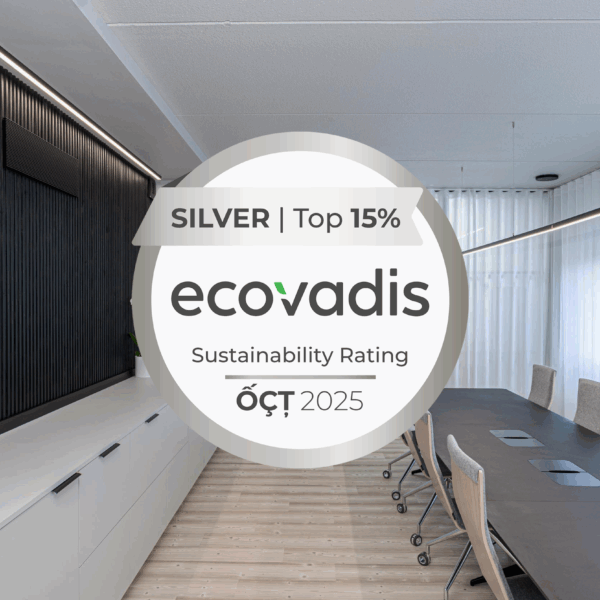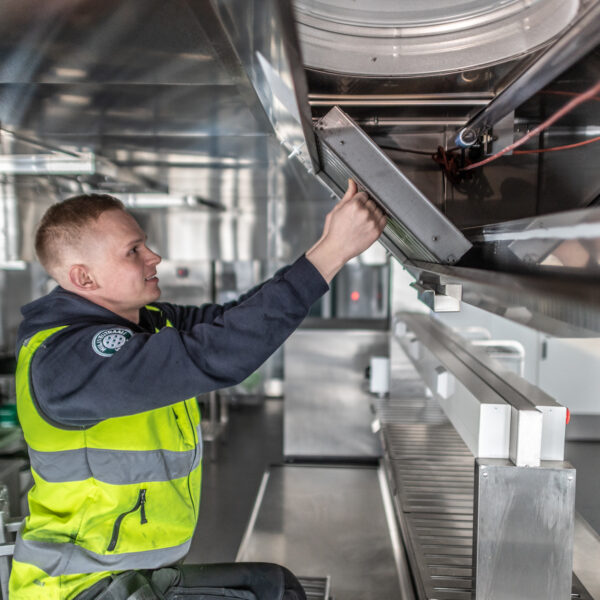How to read the EPD document?
The environmental product declaration is divided into different life cycle modules, which are product and assembly stage (A1-A5), use stage (B1-B7), end of life (C1-C4) and impacts beyond the system boundary, such as the benefit from recycling (D). At least modules A1-A3, C1-C4 and D must always be declared in the EPD.
There are 13 mandatory environmental impact categories, and seven additional categories can be declared. The EPD also reports ten indicators describing the use of natural resources, three indicators describing end of life waste and five indicators describing material flows. The results are presented per functional unit, for example one kilogram of finished product.
Out of impact categories, the GWPtotal (Global Warming Potential) is used in the life cycle assessment of the Ministry of the Environment’s low-carbon building assessment method. The GWPtotal describes the overall impacts of the product. The unit of GWPtotal value is carbon dioxide equivalent (CO2e). The carbon dioxide equivalent is a quantity that describes the climate impact of different greenhouse gases converted into kilograms of carbon dioxide.
How are values reported?
The values of the different environmental impacts of the product can vary between kilograms and fractions of a gram. If the values were reported as decimal numbers, the tables would become unclear and take up a lot of space. That’s why powers of ten are used. For example, 3.28E‐01 is read as “3.28 times ten raised minus one”, which is the same as 0.328.
Can two EPDs be compared?
In the future, those who are involved with construction projects must be even more aware of how the environmental impacts of construction products can be compared. The environmental impacts of the products can be compared with each other when the products have the same technical characteristics and purpose of use. The longevity of materials and products should also be taken into account when making a comparison. When examining the results, attention should be paid to the scope, limitations and reliability of the evaluation.
Our selection includes EPD-calculated products:


